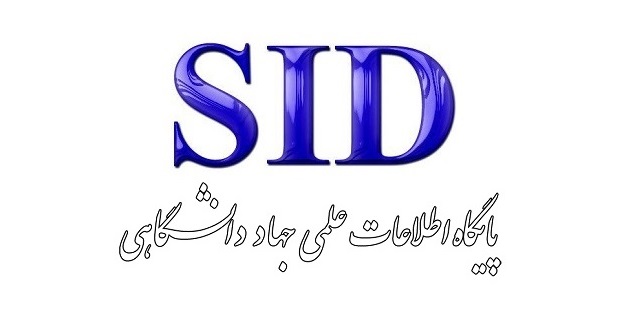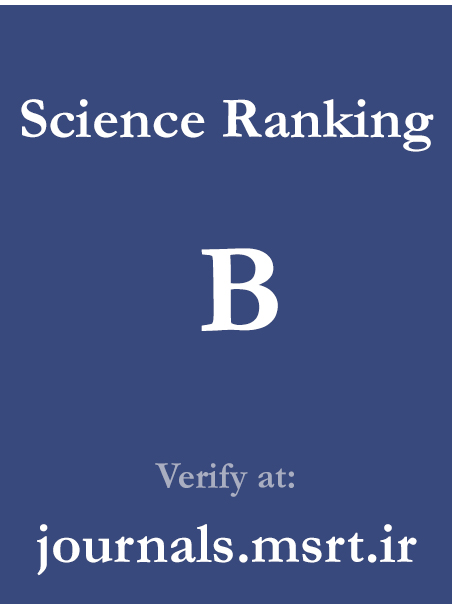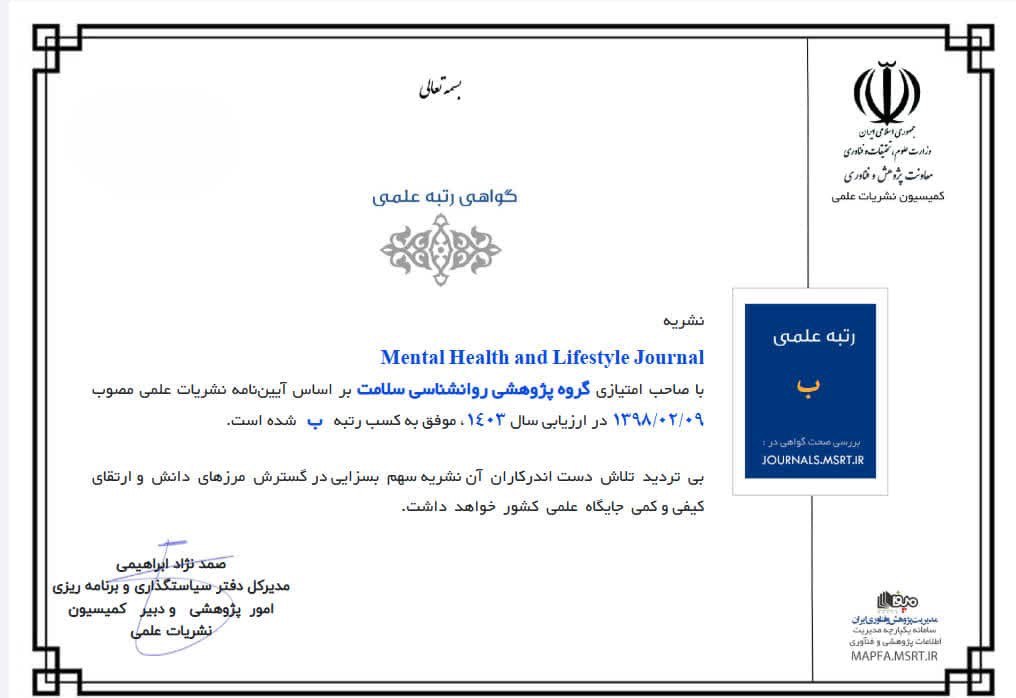Comparison of Death Anxiety Components in Married and Unmarried Elderly Individuals
Keywords:
Death Anxiety, Elderly, Marital Status, Aging, ShirazAbstract
This study aimed to compare the components of death anxiety—pure death anxiety, general factor, and fear of pain and surgery—between married and unmarried elderly individuals residing in Shiraz. The research employed a causal-comparative design. The statistical population included all elderly members of the Jahandidegan Center in Shiraz in 2025. Using convenience sampling, 90 participants (52 married and 41 unmarried) were selected and matched by gender and marital status. Data were collected using the Templer Death Anxiety Scale, a 15-item self-report questionnaire measuring various aspects of death anxiety. Descriptive statistics and inferential analyses were conducted using SPSS version 26. Assumptions of normality and homogeneity of variances were confirmed, and multivariate analysis of variance (MANOVA) was used to examine group differences. The results of the MANOVA showed no statistically significant differences between married and unmarried elderly individuals in the overall combination of death anxiety components (Wilks' Lambda = 0.978, F = 0.67, p = 0.574, η² = 0.022). Univariate analyses also revealed no significant group differences across individual components: pure death anxiety (F = 0.40, p = 0.528), general factor (F = 0.22, p = 0.638), and fear of pain and surgery (F = 0.32, p = 0.575). All effect sizes were negligible. The findings suggest that marital status does not significantly influence levels of death anxiety or its components among elderly individuals in Shiraz. Psychological, spiritual, and social protective factors may play more central roles in shaping death-related fears in old age than demographic variables such as marital status. These results highlight the importance of holistic and inclusive mental health approaches for all elderly individuals, regardless of their marital condition.
Downloads
Downloads
Published
Submitted
Revised
Accepted
Issue
Section
License
Copyright (c) 2025 Zahra Javanmardi (Author); Ali Naseri

This work is licensed under a Creative Commons Attribution-NonCommercial 4.0 International License.









